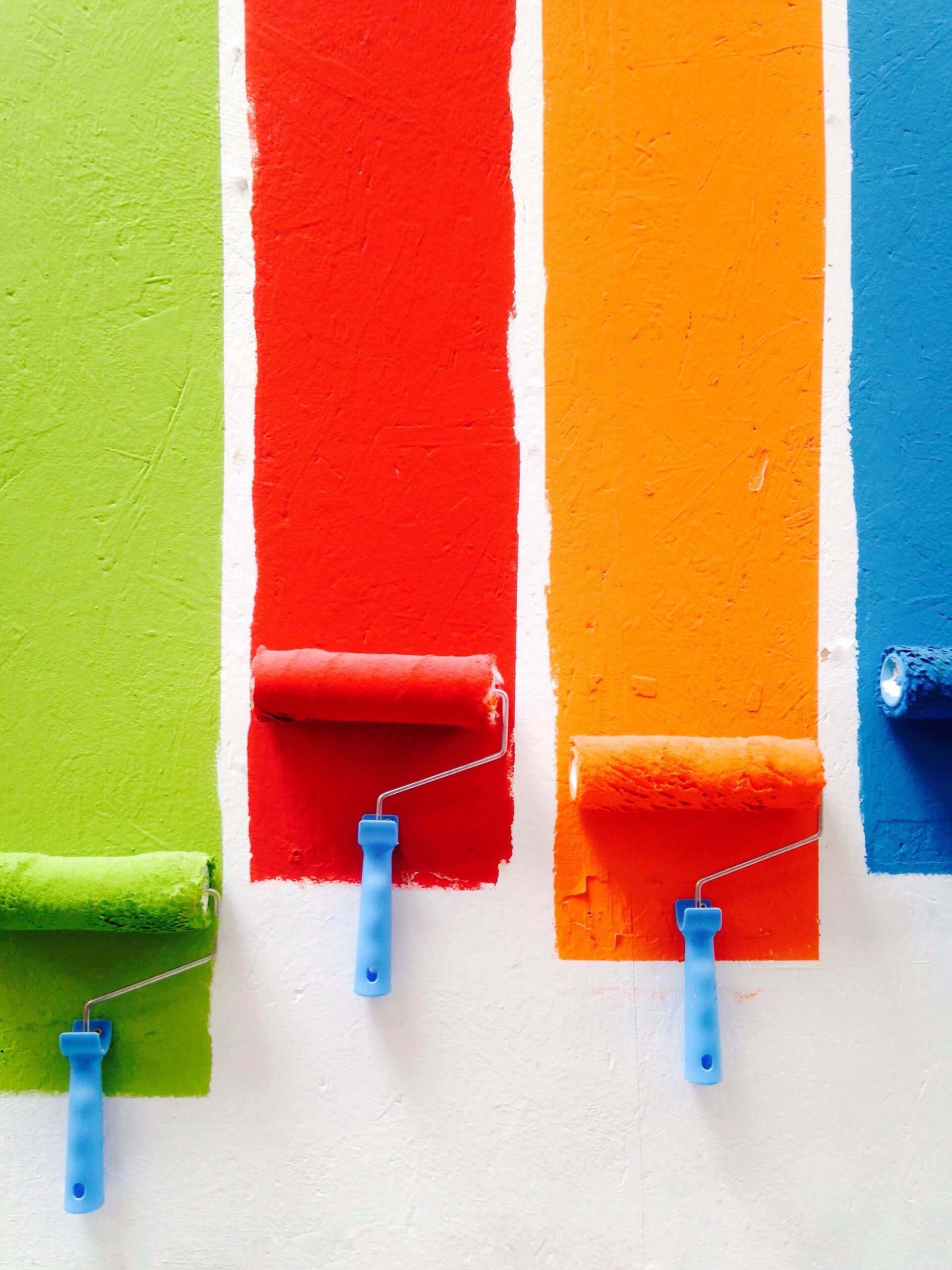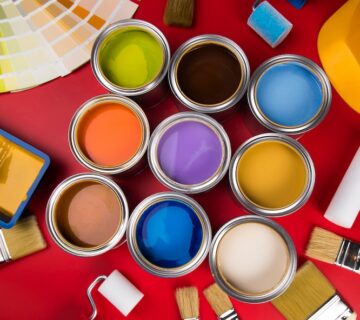It’s a typical gloomy day in Portland, and you find yourself contemplating the walls of your home, unchanged for years. The thought strikes: a fresh coat of paint could redefine your space, bring a new perspective, a fresh start. As you daydream about the potential transformation, a glance at the paint can’s label reveals a daunting recommendation: two coats of paint. This requirement, seemingly a small detail, carries significant implications for your DIY project.
Understanding the Importance of Double Coating
Switching from a one coat to a two coat plan isn’t just a trivial change. It involves more than just additional paint and extended drying time. While one coat might seem easier, professionals know that easier isn’t always better—in fact, it’s often the opposite.
The Professional Approach to Painting
As painting professionals, we handle the complexities so you don’t have to. We ensure perfect coverage and finish, adherence to manufacturer warranties, and cost-effectiveness. If you’re undertaking the project yourself, these are critical factors to consider.
Why Two Coats are Essential
“But Nancy,” you might argue, “I don’t repeat shampooing as the bottle suggests, so why follow this guideline?” The answer lies in the distinct benefits of applying two coats of paint.
Enhanced Coverage
Unless you’re repainting with the same color, two coats are necessary to prevent any undesirable undertones from showing through your new color choice.
Warranty Compliance
Most paint warranties require adherence to their specified application methods, typically involving two coats of paint. This warranty protects you from unexpected costs due to paint failures or defects. However, some brands, like Benjamin Moore’s Aura, may honor their warranty with one coat regarding product failure but not for coverage.
Durability and Evenness
Paint durability depends on the thickness of its application. Achieving this thickness without compromising evenness requires two thin layers rather than one thick layer. A single, heavy coat risks drips, runs, and unevenness.
Better Touch-ups
With two coats, touch-ups blend more seamlessly. A single coat might not provide full coverage, making any touch-ups visibly inconsistent with the rest of the wall.
Conclusion: The Lasting Beauty of Two Coats
Whether rejuvenating your walls or meticulously painting trim, two coats of paint generally yield the best results. This approach ensures a beautiful, durable finish that brings satisfaction rather than frustration, setting the stage for your next creative endeavor in home renovation.
For more painting insights and expert advice, visit our blog or contact us at Sisu Painting, Inc. We’re here to help you make the most of your painting projects.





No comment